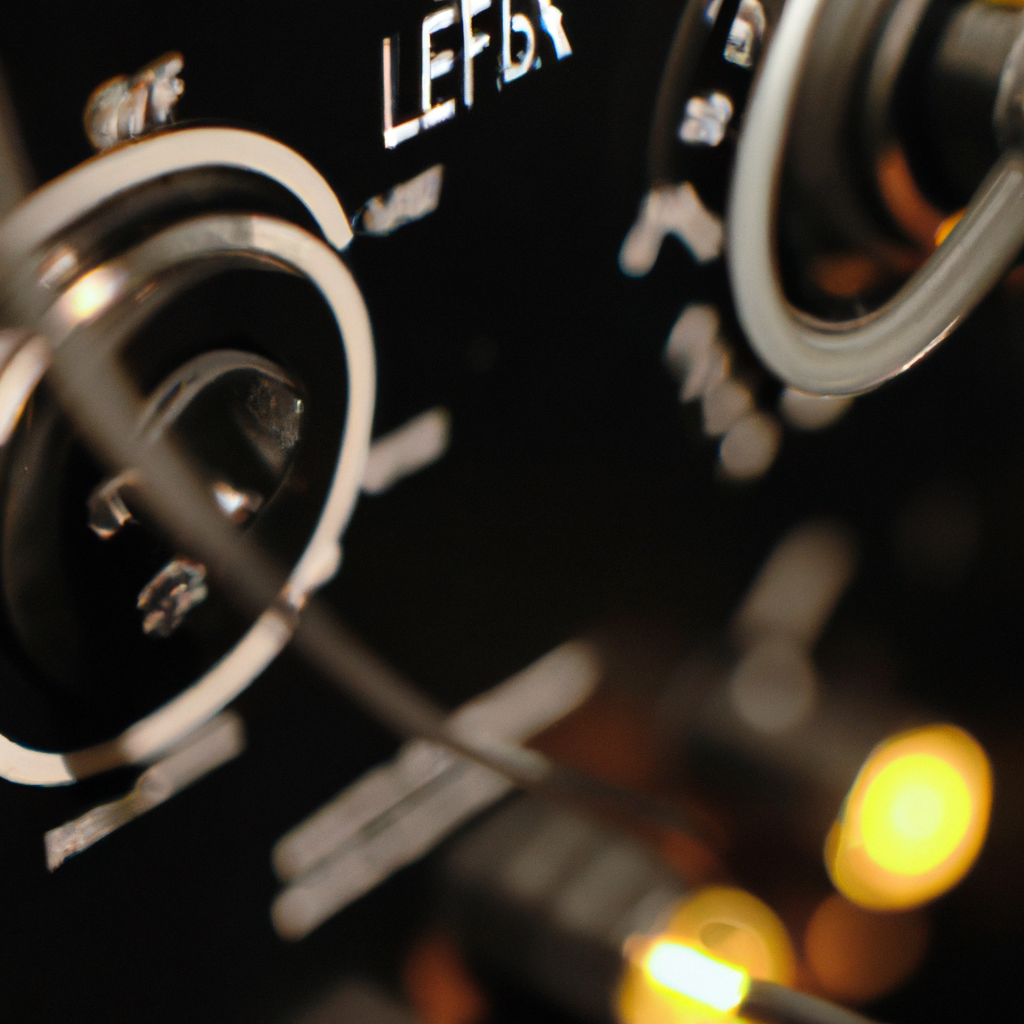An amplifier is an electronic device that increases the power of a signal, either voltage or current. Amplification is an essential component of modern electronic devices, including audio systems, televisions, radios, medical equipment, and more. Amplifiers are used to increase the power of a signal to drive speakers, headphones, or other devices. In this article, we will explore the basics of how an amplifier works, the different types of amplifiers, and the theory behind their design.
## Amplifier Basics
Before we delve into the details of how amplifiers work, we need to understand the basics. An amplifier is an electronic circuit that receives a weak signal and increases its strength without changing its essential characteristics. The amplified signal can then drive a load, such as a speaker or a headphone.
Amplifiers are classified based on the type of signal they amplify. There are two main types of signals: analog and digital. Analog signals are continuous and vary in amplitude, while digital signals are discrete and consist of 1s and 0s. Digital signals require a different type of amplifier than analog signals.
## Amplifier Types
There are several types of amplifiers, including:
### Audio Amplifiers
Audio amplifiers are used to amplify audio signals, such as those from a microphone, a CD player, or a guitar. They are designed to amplify the low-level audio signals to a level that can drive speakers or headphones. Audio amplifiers are classified based on the number of channels they have, the amount of power they can deliver, and the topology of the amplifier circuit.
### Power Amplifiers
Power amplifiers are used to amplify high-power signals, such as those from a radio or a television. They are designed to deliver high power to a load, such as a speaker or a motor. Power amplifiers are classified based on the topology of the amplifier circuit and the type of load they are designed to drive.
### Electronic Amplifiers
Electronic amplifiers are used to amplify signals from electronic devices, such as sensors or transducers. They are designed to amplify weak signals to a level that can be processed by electronic systems. Electronic amplifiers are classified based on the type of signal they amplify and the type of load they are designed to drive.
## Amplifier Theory
To understand how an amplifier works, we need to understand the theory behind it. There are three main components of an amplifier: the input signal, the amplifier circuit, and the output signal.
### Input Signal
The input signal to an amplifier is a weak signal that needs to be amplified. The input signal can be voltage or current, depending on the type of amplifier. The input signal is usually applied to the amplifier circuit through a coupling capacitor, which blocks the DC component of the signal.
### Amplifier Circuit
The amplifier circuit is the heart of the amplifier. It consists of active and passive components that amplify the input signal. The active components, such as transistors or operational amplifiers, provide gain to the input signal, while the passive components, such as resistors and capacitors, provide filtering and frequency response control.
The amplifier circuit is designed to provide a specific gain, bandwidth, and distortion level. The designer needs to balance these parameters to achieve the desired performance of the amplifier.
### Output Signal
The output signal of an amplifier is the amplified version of the input signal. The output signal can be voltage or current, depending on the type of amplifier. The output signal is usually applied to a load, such as a speaker or a headphone.
The output signal needs to be compatible with the load, i.e., it needs to have the correct impedance and power level. The designer needs to match the amplifier circuit to the load to achieve the desired performance of the amplifier.
## Amplifier Design
Amplifier design is the process of designing an amplifier circuit to meet the desired performance specifications. The designer needs to select the appropriate components, such as transistors, resistors, capacitors, and inductors, to achieve the desired gain, bandwidth, and distortion level.
The designer also needs to consider the type of power supply, the layout of the circuit, and the thermal management of the amplifier. Amplifier design is a complex process that requires expertise in electronics, mathematics, and physics.
## Conclusion
Amplifiers are essential components of modern electronic devices, and understanding how they work is fundamental to their design and use. In this article, we have explored the basics of how amplifiers work, the different types of amplifiers, and the theory behind their design. We hope that this article has provided valuable insights into the fascinating world of amplifiers.







